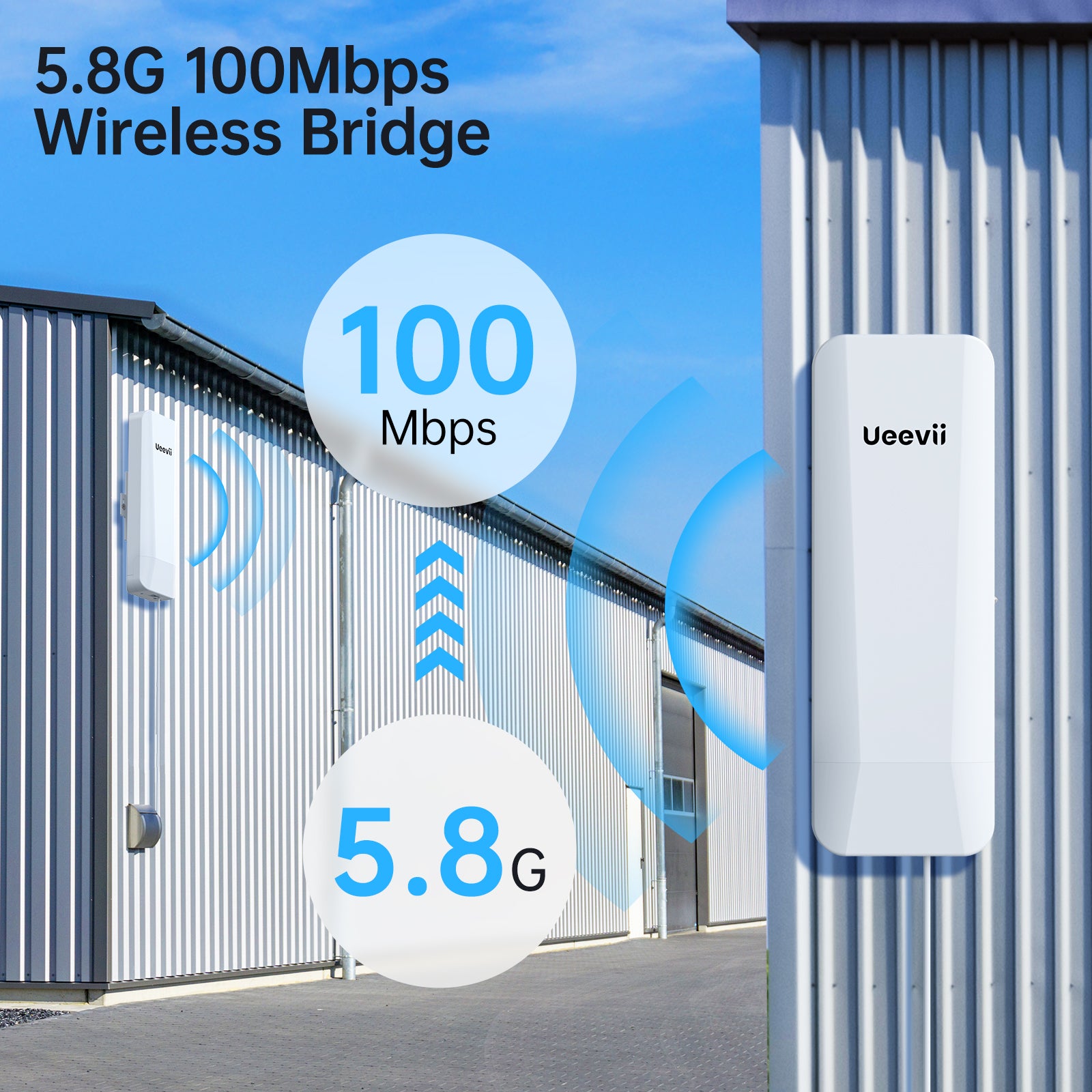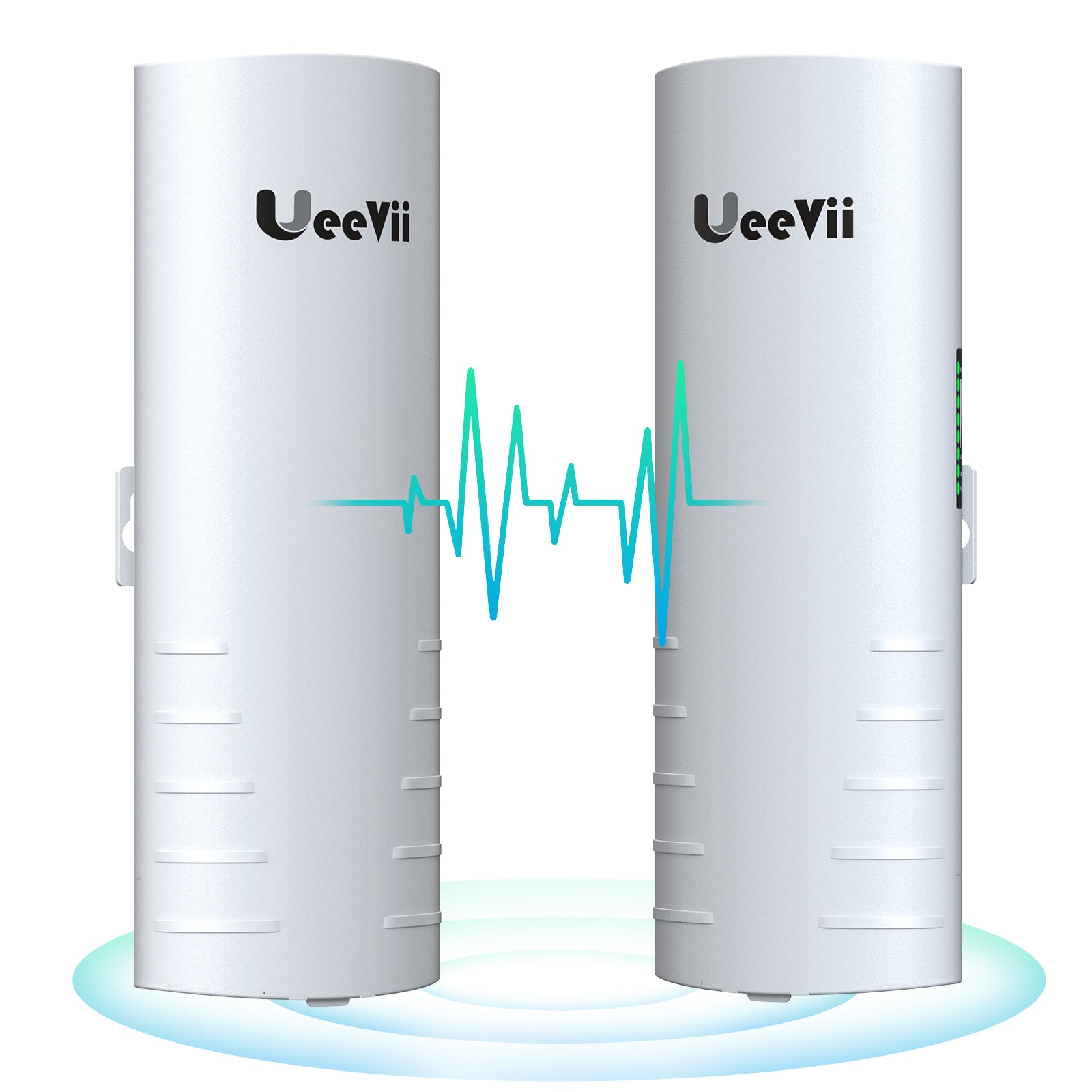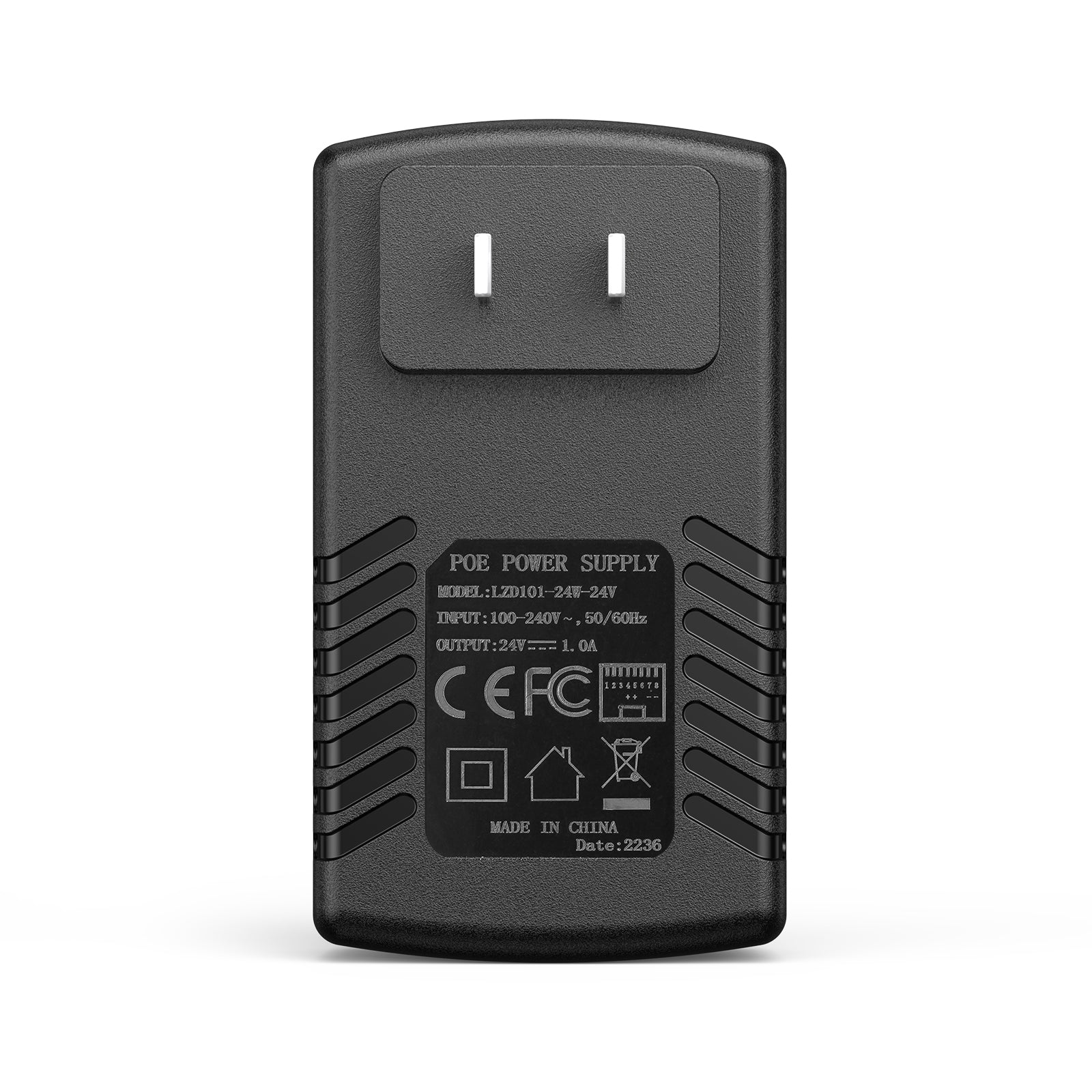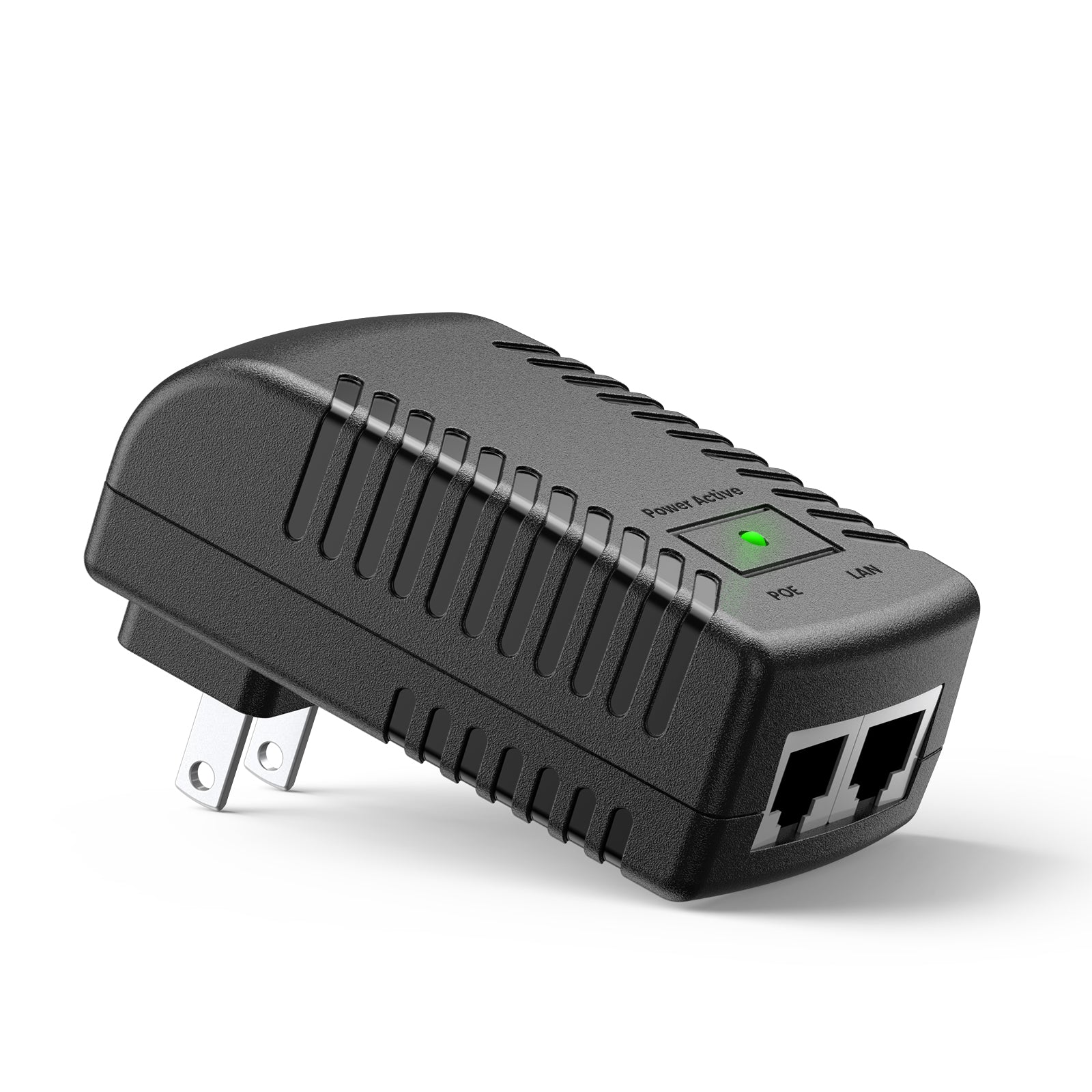The Evolution of Wireless Bridge Applications in the Point to Point Arena
Pioneering Innovations in Industrial IoT
The Industrial IoT sector is transforming with wireless bridge tech. These advances are key for real-time data across vast factories. They help link remote sensors and machines. This means better process control and more uptime. Look at smart manufacturing and energy monitoring to see the impact. The tech also allows for tighter security in critical industries. It is a big leap for Industrial IoT efficiency in the U.S.
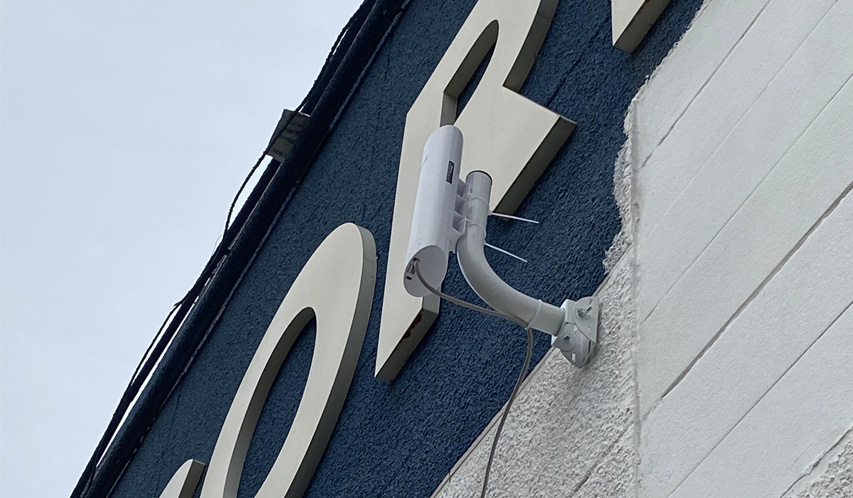
Revolutionizing Agriculture with High-Speed Connectivity
The agricultural sector in the United States is undergoing a significant transformation. High-speed wireless bridge technologies are at the heart of this change. They are improving farming operations and crop yield. With the ability to transfer data between points, farmers can now monitor their fields in real time. This leads to better decision-making and resource management. Weather forecasts, soil sensors, and drone imagery are all shared swiftly over these networks. This new tech is making farming more efficient and environmentally friendly. It's a bold step forward in agricultural science and technology.
Advancing Transportation: Smart Bridges and Highways
In the US, transport networks have seen a tech leap. Smart bridges and highways now use wireless bridges for better data flow. Such systems aid in traffic control and road safety. They provide real-time info to drivers and officials. This has helped in easing congestion and reducing accidents. It also supports emergency responses. The use of point to point wireless tech is key in modern transport infrastructures. This innovation is vital for the future of urban mobility.
Key Players and Innovators in the Wireless Bridge Market
Leading Edge Startups Disrupting Traditional Connectivity
In the US, startups are reshaping wireless bridge tech. They offer novel solutions for point to point links. These startups push boundaries, creating smarter, more efficient bridges. By doing so, they challenge the status quo. Their impact is profound in urban and rural areas alike. These firms often partner with leading tech companies. With these alliances, they gain resources to further their innovations. The result is rapid progress in the wireless bridge sector.
Established Players and Their Role in the Evolution of Wireless Technology
In the U.S., major companies have played a vital role in wireless bridge advancements. These firms have fueled innovation through investment in R&D. They often partner with startups, bringing new tech to market faster. Firms like Cisco, Ubiquiti, and Aruba have long been at the forefront. They also help set industry standards that ensure device compatibility. Their impact extends beyond tech. They shape policy talks and user expectations in wireless bridge tech.
Academic Institutions and Research Organizations Contributing to the Field
Academic institutions and research organizations play a vital role in developing wireless bridges. They push the bounds of what's possible through advanced research. Their studies lead to breakthroughs in point-to-point (P2P) tech. Many U.S. colleges work on projects that improve wireless connectivity. They partner with tech firms and get federal funds for research. These collaborations often result in innovations that change how we use wireless bridges. They also help train the next generation of engineers in P2P technology.
The Future of Point to Point Connectivity in the United States
Anticipating Regulatory Impacts on Wireless Bridge Deployment
The landscape of wireless bridge deployment in the U.S. faces potential shifts. These shifts are due to evolving regulations. Regulators are closely looking at spectrum allocation and licensing rules. This scrutiny seeks to balance growth with public safety and privacy. Changes in regulations could impact the pace of rollouts and innovation. They may dictate where and how wireless bridges can be used. Companies must stay alert to these changes. They need to adapt their strategies accordingly. The right regulatory environment can fuel innovation and investment. To succeed, firms must navigate these regulations with skill. This requires a keen eye on policy developments. Regulatory impacts could reshape the future of point to point connectivity.
Potential Technological Breakthroughs on the Horizon
Future technological strides in wireless bridges are imminent. Innovations may include ultra-fast data rates and low latency. New spectrums, such as terahertz waves, are to be explored. Quantum encryption could revolutionize the security of data transmission. Antennas may become smaller and more powerful. And AI might optimize signal processing. These breakthroughs will reshape how the US uses point-to-point links.
The Importance of Strategic Alliances and Partnerships in a Competitive Landscape
In the fiercely competitive field of wireless bridges, partnerships are key. They can spur innovation and streamline the path of new technologies to market. Alliances often blend diverse expertise, which can lead to breakthroughs. In the U.S., successful collaborations between tech firms and academia are noteworthy. Together, they not only refine technology but also champion regulatory acceptance. Such teamwork is vital for advancing point to point connectivity across America.








